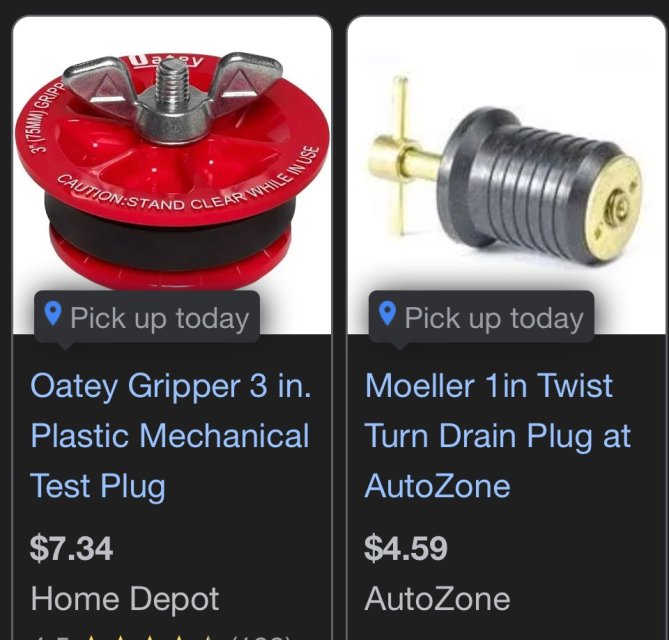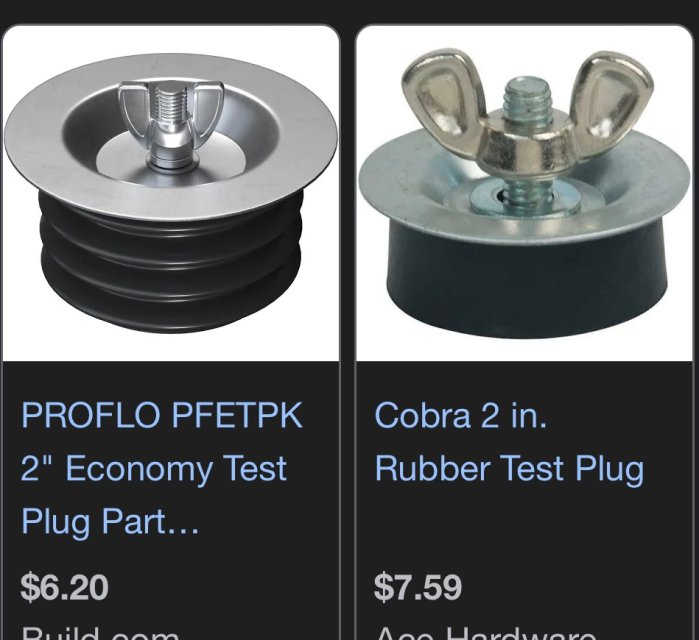I've got a couple of 1950s-60s bathtubs down in the lower garden, from when we refit this ol' farmhouse. Thanks again to Fishdance for walking me through the 230gal in-wall-install.
The tubs hold water nicely for a time, then they leak-out, dry, then hold water again to start over. It seems tree roots are getting up & into the main/bottom drain; they're only plugged with a & needing to replace (mozzie control) but the other stuff mostly just comes back up. I'm not in any rush to kill/damage my avocado tree
SO, what thoughts on permanently sealing? I'm thinking polyurathane (5200'ish) around/under the bath-stopper, or a hard plastic or concrete disk, or maybe dome the cement in & over the hole & then seal with epoxy/polyurethane. All will be ugly if/when visible - with mud & plants I'm not terribly worried about that so long as I can get some lotus properly established, maybe some flowers, maybe some nuts, maybe some prettier guppies.
We don't suffer winter 'round here, no.
The tubs hold water nicely for a time, then they leak-out, dry, then hold water again to start over. It seems tree roots are getting up & into the main/bottom drain; they're only plugged with a & needing to replace (mozzie control) but the other stuff mostly just comes back up. I'm not in any rush to kill/damage my avocado tree
SO, what thoughts on permanently sealing? I'm thinking polyurathane (5200'ish) around/under the bath-stopper, or a hard plastic or concrete disk, or maybe dome the cement in & over the hole & then seal with epoxy/polyurethane. All will be ugly if/when visible - with mud & plants I'm not terribly worried about that so long as I can get some lotus properly established, maybe some flowers, maybe some nuts, maybe some prettier guppies.
We don't suffer winter 'round here, no.





